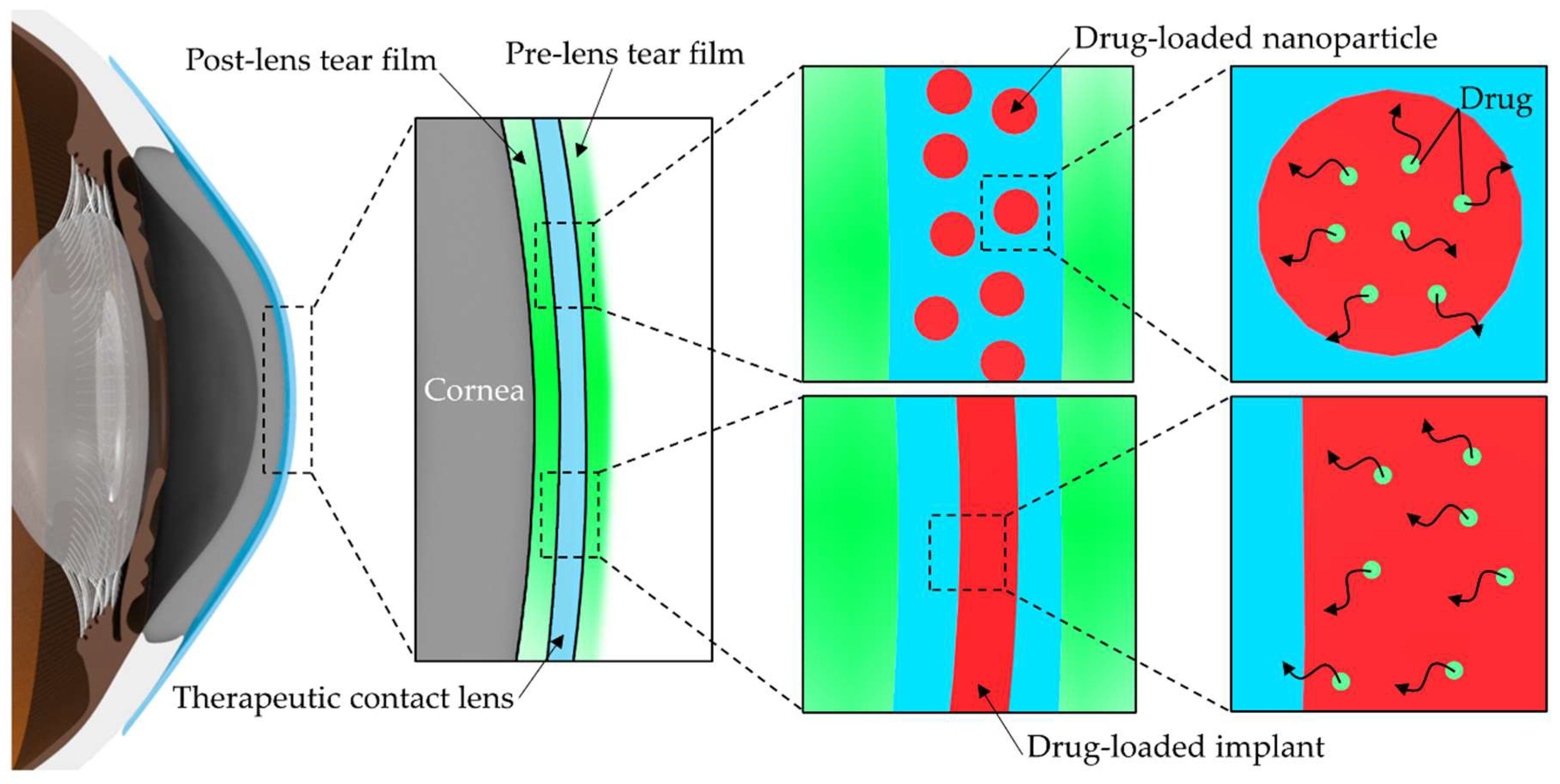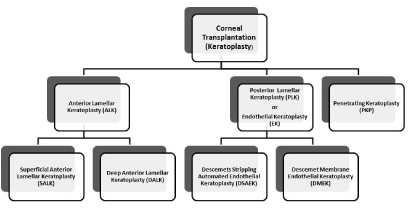

Commonly used validated questionnaires are the Ocular Surface Disease Index (OSDI) or the Contact Lens Dry Eye Questionnaire (CLDEQ). Implementation of a questionnaire can seem daunting, but in many cases could help grow a dry eye and contact lens practice. One method for eliciting a patient’s symptoms is questionnaires. The prevalence of discomfort and dryness revealed in contact lens surveys demonstrates that most patients will not voice their symptoms during an exam unless the clinician takes a proactive approach. “A condition characterized by episodic or persistent adverse ocular sensations related to lens wear, either with or without visual disturbance, resulting from reduced compatibility between the contact lens and the ocular environment, which can lead to decreased wearing time and discontinuation of contact lens wear.” 4īecause we want to avoid decreased wearing time and discontinuation of contact lens wear in our patients, we need to seriously address CLD.īut detecting the early symptoms of CLD can be challenging. In 2013, a group of experts known as the Tear Film & Ocular Surface Society (TFOS) published a comprehensive report on CLD. This article explains recent findings related to CLD and provides a stepwise approach to troubleshooting CLD in our patients.

1,2 Indeed, as many as 50% of patients who stop wearing contacts cite CLD as their primary reason for throwing in the towel, and this dropout rate is a limiting factor in growing a contact lens practice. Surveys show this is the predominant complication for upwards of 20% of patients who drop out of contact lens wear. When selecting an appropriate lens, the biggest obstacle for any clinician to overcome is contact lens discomfort (CLD). Corneal staining should be evaluated during a contact lens exam with consideration given to underlying mechanisms. Staining associated with preservative uptake and release. H ow can a patient who has been wearing an outdated lens for decades and using generic multipurpose solution have no complaints while another patient wearing the latest in daily disposable technology borders on miserable?įig. The RGVCE planners, managers and editorial staff have nothing to disclose. Managers and Editorial Staff: The PIM planners and managers have nothing to disclose. Check with your local state licensing board to see if this counts toward your CE requirement for relicensure.

Postgraduate Institute for Medicine is accredited by COPE to provide continuing education to optometrists.įaculty/Editorial Board: Christopher Kuc, OD, Chester County Eye Care Associates in West Chester, PA.Ĭredit Statement: This course is COPE approved for 1 hour of CE credit. Postgraduate Institute for Medicine is jointly accredited by the Accreditation Council for Continuing Medical Education, the Accreditation Council for Pharmacy Education, and the American Nurses Credentialing Center, to provide continuing education for the healthcare team. Target Audience: This activity is intended for optometrists engaged in the care of patients with contact lens discomfort.Īccreditation Statement: In support of improving patient care, this activity has been planned and implemented by the Postgraduate Institute for Medicine and RGVCE.



 0 kommentar(er)
0 kommentar(er)
